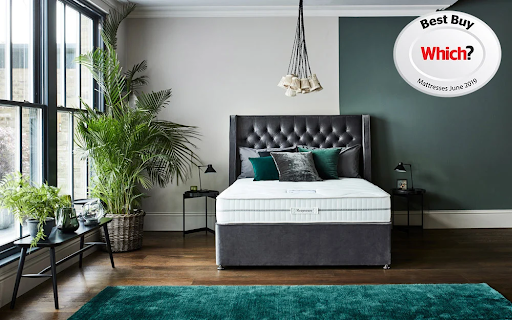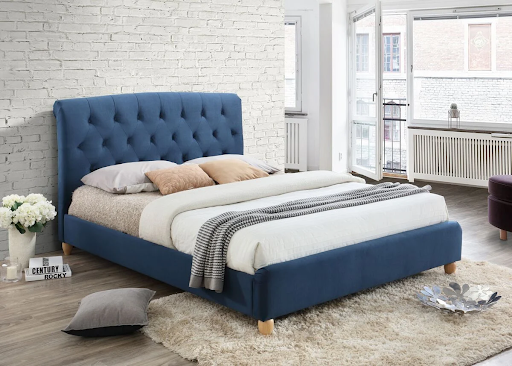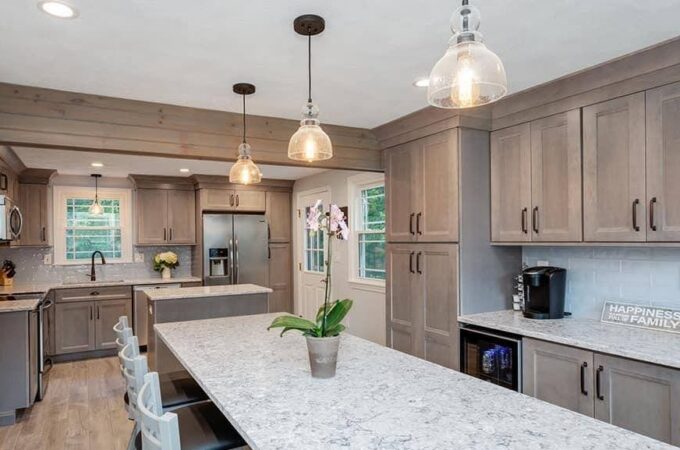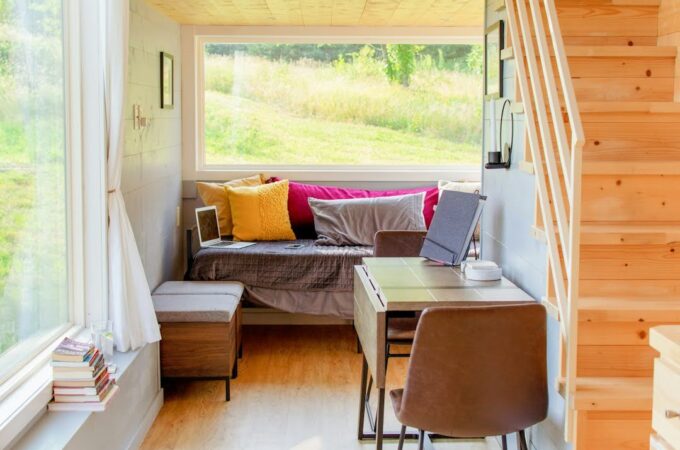
How to Redesign Your Bedroom for a Better Night’s Sleep
Sleep plays an essential role in your physical and mental health. For example, your body needs sleep to heal, and your brain needs sleep to recharge.
Sleep is so important that it only takes one poor night’s sleep to make you feel awful, something you probably know all too well.
Your bedroom plays a vital role in sleep quality because it’s where you wind down and sleep. This article will explore how to redesign your bedroom for a better night’s sleep so you wake up feeling nice and refreshed.
1. Get a headboard
If you have an ottoman or divan bed, a headboard will stop your pillows from falling down the back of the bed and provide back support when sitting up.
Headboards come in a wide range of shapes and styles with the ability to transform the feel of your bedroom without spending a lot of money.
Pictured: Giltedge Beds Solo Memory Divan Bed, Available from Bedstar The Online Bed Superstore.
2. Upgrade your mattress
If you struggle to get comfy in bed, toss and turn in the night or wake up with aches and pains, it’s probably your mattress at fault.
Thankfully, mattresses aren’t that expensive, and a good mattress will last you at least ten years. Check out our award-winning mattresses as a starting point.

3. Optimise light
Studies have shown that light with blue wavelengths stimulates the eyes and brain, replicating the sensation of daylight and keeping you awake.
To optimise light for sleep, replace cool lightbulbs with warm lightbulbs (1,000K to 2,000K) and swap your reading light for an orange/amber light.
4. Optimise temperature
Studies have shown that the best temperature for sleep is 18 to 19 degrees Celsius, but anything above 16°C and below 19°C is ideal.
It’s easy to maintain a temperature by setting your thermostat to come on below a specific temperature. A thermometer will also be a good investment.
5. Optimise sound
There are several ways to reduce bedroom noise:
- Install thicker carpets.
- Insulate and seal the door.
- Install acoustic glazing and plug up sound leaks.
You want a bedroom that dampens 90% of external sounds and isolates you from internal sounds. If these steps fail, wear earplugs!
6. Cover up LED lights
You can cover up status and standby LEDs on electrical devices like TVs and wireless phone chargers with nothing more than electrical tape.
Covering up LEDs in your bedroom will ensure that you aren’t stimulated by the light when you open your eyes in the middle of the night.
7. Decorate in sleep-friendly colours
Sleep-friendly colours are any colours that calm your mind. The most popular is blue in a pastel shade, which mimics the sky and sea.

Other sleep-friendly colours include pastel yellows, pinks, greens, silver, and light greys. Try and stick to pastel shades to keep things muted.
8. Organise things
Ever heard the expression “tidy space, tidy mind”? Something as simple as organising your bedroom can do beautiful things for sleep quality.
Invest in storage boxes and baskets for clutter and bits and bats, and give things like shoes, coats, jewellery, makeup, toiletries, and accessories a permanent home.
9. Invest in luxury bed linen
When it comes to bedding, you pay for what you get. For the best night’s sleep, you want soft, hypoallergenic bedding that makes you feel warm and fuzzy.
100% cotton with a high thread count (230 to 300) is the way to go. You’ll pay a little more for a high-thread account, but the softness is worth it.
10. Bring in calming scents
There might be scents that make you feel calm due to personal experiences, or you could go with crowd favourites like lavender and chamomile.
Lavender, chamomile, cedar, blossom, and vanilla are all excellent choices. Choose scents that are subtle and mild for your bedroom to promote good sleep.
Have more bedroom redesign ideas?
If you’ve improved your sleep with a few bedroom design changes, we’d love to hear about it! Share your tips in the comments section below.




